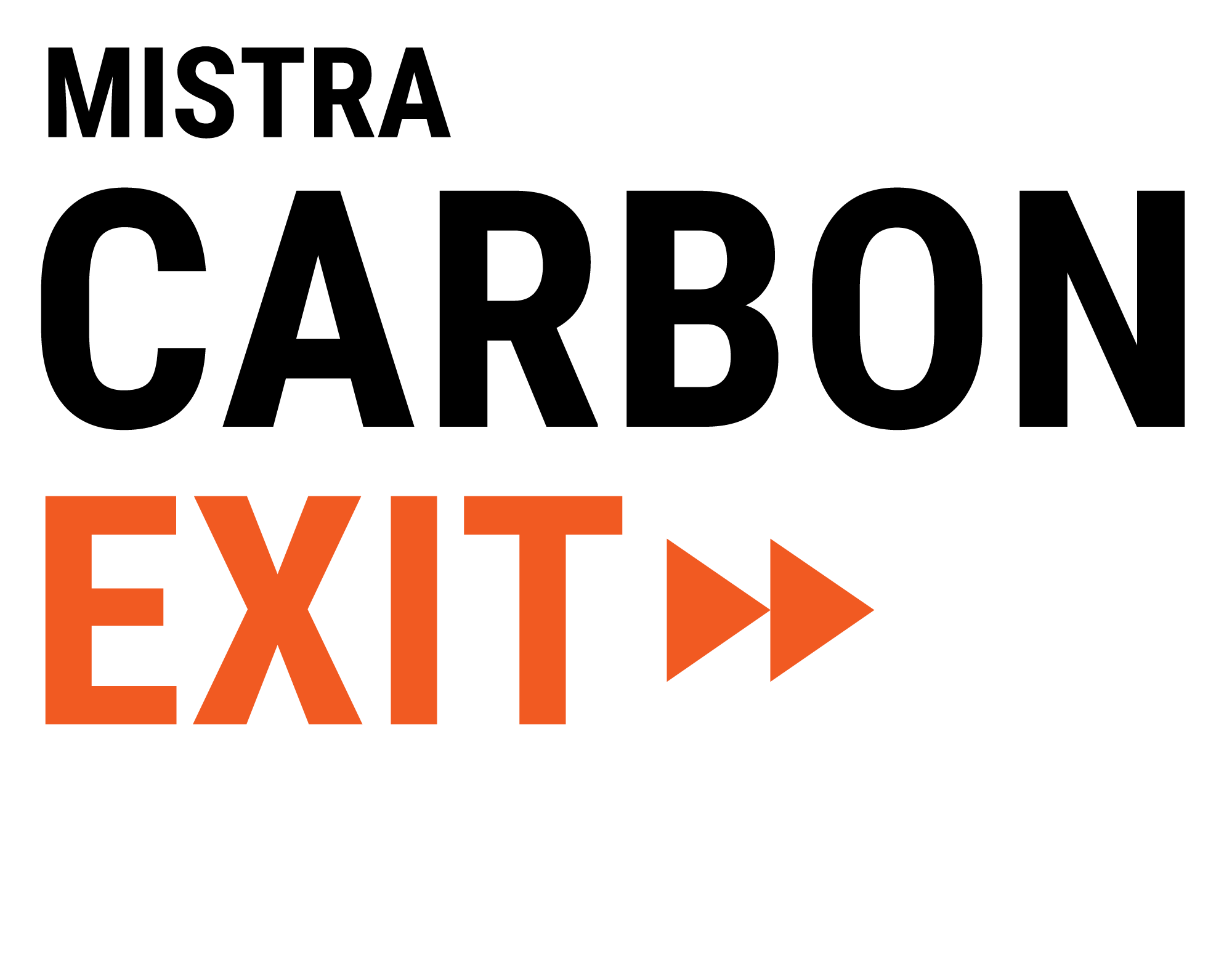9 takeaways on the electrification of the transport system
Mistra Carbon Exit´s fifth programme conference gave attendants important takeaways on subjects such as the development in north Sweden, transport, building and infrastructure. The changing policies in the EU and the US were other topics.
Here are nine takeaways from the breakout session A resource-efficient electrification of the transport system. Below you will also find links to the presentations. The session was chaired by Daniel Johansson, Chalmers University of Technology.
Johannes Morfeldt, Chalmers University of Technology, presented a scenario analysis on how measures can reduce the demand for raw materials for lithium-ion batteries.
Vehicle technology transport system options and traveling behavior can make it possible to reduce material demands for batteries. Johannes Morfeldt has studied different scenarios based on stated policy and baseline assumptions but also on possible improvements by reduced travel demand, improved charging infrastructure, new battery chemistries and increased energy efficiency.
Takeaways from the presentation:
• Increased energy efficiency in cars, reduced travel demand and improved charging infrastructure that allows for shorter battery range or reduced vehicle demand can together with new battery chemistries and recycling, achieve material demands below the equal per capita share of the global reserve for nickel, cobalt and lithium.
• Individual measures, except new battery chemistries, achieve similar results in isolation - with moderate impact on material demand.
• New battery chemistries may have a high impact on reducing nickel and cobalt demand, but lithium demand could remain high unless the industry moves towards non-lithium batteries.
Rei Palm, Volvo Cars, presented the company’s ambition to become a climate-neutral company by 2040. But how to get there? It will demand several solutions in different phases – concept, engineering and industrialisation. Two focus areas for emission reduction are materials production and refining and the use phase.
Three takeaways from the presentation:
• LCA is a good tool to build knowledge of the current state, which is crucial when deciding on the allocation of resources and focusing on reducing the environmental impact.
• Targets and requirements derived from metrics based on a life cycle perspective are necessary to drive improvement. They should be followed up by doing forecasts and estimation calculations as the project progress.
• Reducing emissions in materials production and refining holds the biggest potential for BEVs, but energy efficiency is also very important, also from a range and cost perspective.
Frances Sprei, Chalmers University of Technology, gave a presentation focusing on the development of parking and charging infrastructure. Sweden has almost 5 million passenger cars. They stand still around 95 per cent of the time, so parking spaces are important. But for electric vehicles the charging possibilities are linked to the parking situation. When do the owners charge the car – and why? Because they have a charging plan for their trip, because they routinely charge the car when they have the opportunity, for example when they return home, or when the state of charge of the battery become low, and charge in a way similar to filling their fuel tank?
Three takeaways from the presentation:
• There is a close relationship between parking demand and car ownership and usage.
• There is no contradiction between reduced parking and electrification - we need both!
• Charging behavior is influenced by mental models and will affect demand and planning of charging infrastructure.


